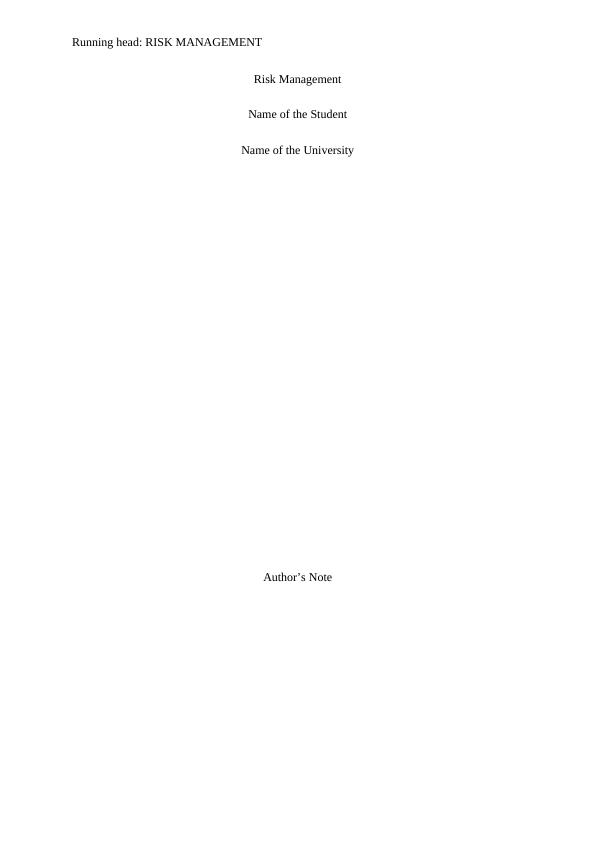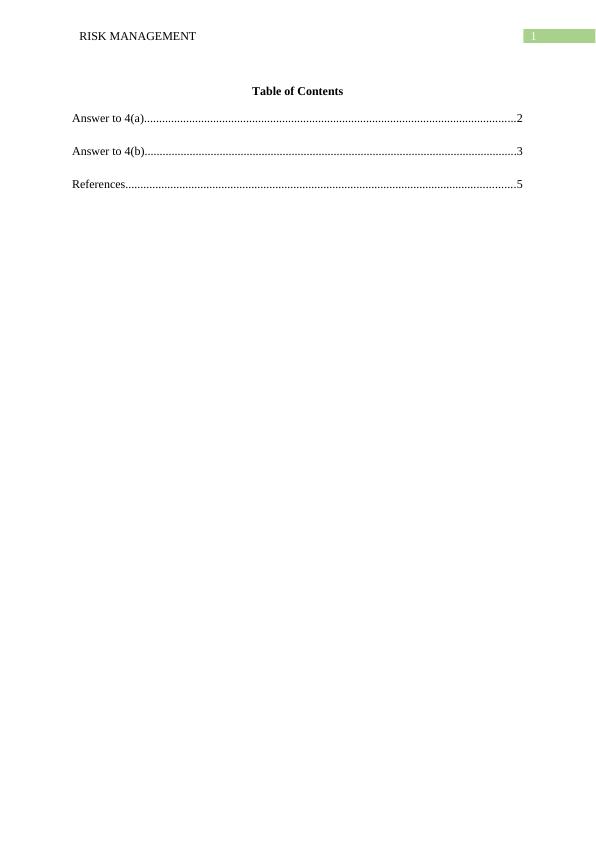Assessment of Capital and Leverage Regulation after the World Financial Crisis
Added on 2023-04-22
6 Pages1117 Words138 Views
End of preview
Want to access all the pages? Upload your documents or become a member.
Basel III Framework: Importance, Impact, Bank Failures, Shadow Banking, Small Business Finance, Financial Innovation
|10
|2860
|404
Operational Risk Management | Assessment
|25
|6631
|36
Basel III Liquidity Requirement in Banking Sector 15 15 Basel III Liquidity Requirement in Banking Sector
|16
|3911
|173
Regulatory Framework for Banking and Credit Institutions in UK
|27
|8924
|76
Money And Banking Assignment Solution
|8
|2481
|327
How Did Lending Change as Basel III Capital and Liquidity Requirements Were Introduced
|17
|5692
|1



